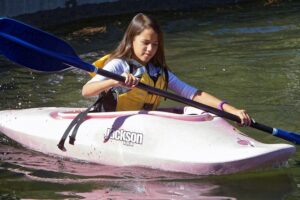Choosing between single and tandem seating in a fishing kayak is crucial for comfort and performance. Single-seat kayaks offer flexibility and ease of access, ideal for solo anglers on lightweight day trips. Tandem kayaks provide stability and collaborative fishing experiences, perfect for pairs exploring together. Seating selection should align with water conditions and fishing activities, ensuring optimal enjoyment tailored to individual needs. Proper seating enhances control, stability, and comfort, making the fishing kayak experience more productive and pleasurable.
In the world of fishing kayak enthusiasts, choosing the right seating setup can enhance your overall experience. Whether you’re a solo angler or kayaking with a partner, understanding the nuances of single or tandem seating is crucial. This article delves into the advantages and disadvantages of each option, highlighting how they cater to different user needs. From comfort and ergonomics to popular kayak designs, we guide you in selecting the ideal seating arrangement for your fishing adventures.
Understanding Fishing Kayak Seating Options
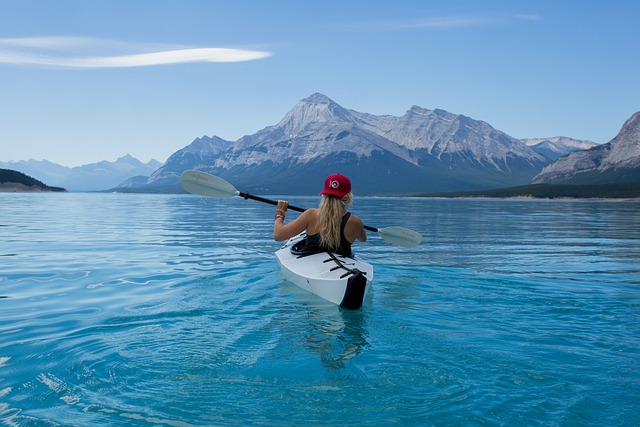
When it comes to fishing kayaks, seating options play a pivotal role in comfort and performance. The two primary choices are single or tandem seating, each offering distinct advantages for various users. For solo anglers who prefer independent movement and easier access to gear, a single-seat kayak is ideal. These designs typically feature a narrow hull that cuts through water efficiently, making them agile and responsive. On the other hand, tandem kayaks are designed for two people, offering stability and cooperative fishing experiences. With side-by-side seating, they facilitate conversation and shared knowledge while casting lines in harmony.
Fishing kayak seating isn’t just about personal preference; it also considers the type of water you’ll be navigating and the activities involved. Single seats provide more flexibility for maneuvering in tight spaces or when solo fishing from shorelines. Tandem setups, however, are perfect for family outings or group trips, ensuring everyone has a comfortable place to sit while enjoying the tranquil outdoors together. Understanding these options is key to choosing the best fishing kayak that aligns with your needs and enhances your overall experience on the water.
Single Seating: Advantages and Disadvantages
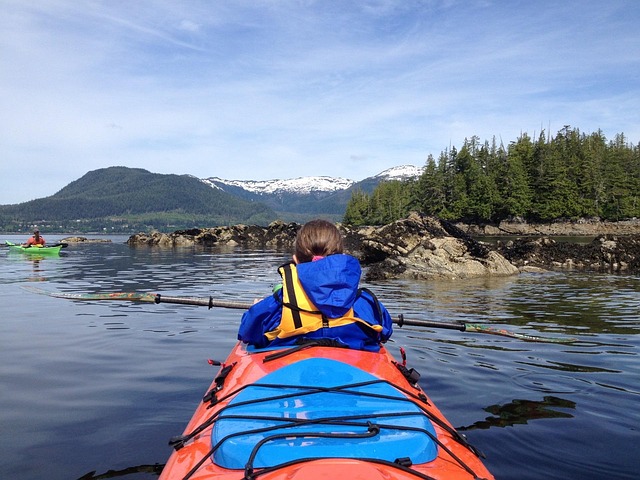
Single seating arrangements in a fishing kayak offer several benefits. For solo anglers, this setup provides unparalleled flexibility and control over the vessel’s movement. It allows for precise steering and easy access to all parts of the kayak, making it ideal for navigating shallow waters or casting from different angles. Additionally, single kayaks are often lighter, making them easier to transport and store, appealing to users who prefer a more portable option. However, there is a potential downside. With only one person on board, balance can be challenging when navigating rough waters or handling larger catch, as the kayak’s center of gravity shifts significantly with every movement. This may require more advanced paddling skills and could be less stable compared to tandem seating.
While single seating might not match the stability of its tandem counterpart, it caters to individual preferences and use cases. For recreational anglers who enjoy solo adventures or those seeking a lightweight option for day trips, single kayaks offer a comfortable and efficient experience on the water.
Tandem Seating: Benefits for Kayaking with a Partner
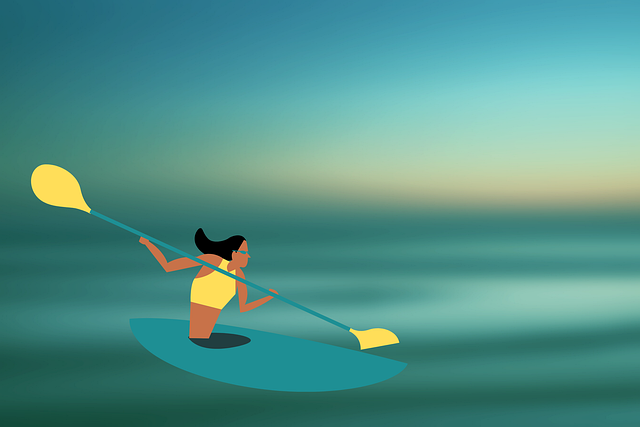
Tandem seating in a kayaking setup offers a unique and engaging experience for pairs looking to explore bodies of water together. This configuration, often found in fishing kayaks designed for two, provides several advantages. Firstly, it allows for enhanced collaboration during navigation, especially when maneuvering through tight spaces or following a specific route. With tandem seats, both kayakers can easily communicate and coordinate their efforts, making the journey more efficient and enjoyable.
Moreover, sharing a kayak enables a deeper connection between partners as they navigate together. It fosters teamwork and camaraderie, creating an unforgettable experience on the water. For fishing enthusiasts, this setup offers convenience, as it allows for shared access to gear and catches, enhancing the overall outing. Tandem seating in fishing kayaks caters to couples seeking an active outdoor adventure while strengthening their bond.
Choosing the Right Seating Setup for Your Fishing Needs
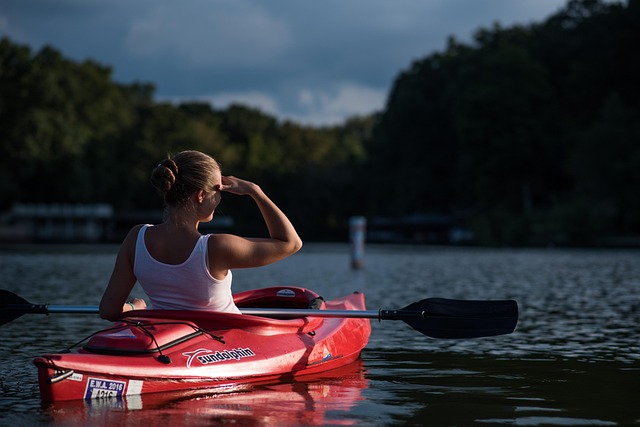
When it comes to choosing a seating setup for your fishing kayak, the decision between single or tandem seats depends on several factors. Consider your fishing style and the type of water you’ll be navigating. If you’re a solo angler who prefers the solitude and freedom to move around easily, a single seat is ideal. This setup offers better maneuverability, allowing you to access different parts of the kayak for casting or retrieving gear without disturbing a partner.
On the other hand, tandem seating is perfect for those enjoying fishing trips with friends or family. It provides ample space for multiple anglers, each with their own comfortable seat, and easy conversation while waiting for a bite. Tandem kayaks also offer stability, making it easier to balance during casting and when dealing with choppy waters. Choose the right setup based on your needs, ensuring comfort and functionality for an enjoyable fishing experience on the water in your kayak.
Comfort and Ergonomics in Kayaks: What to Look For
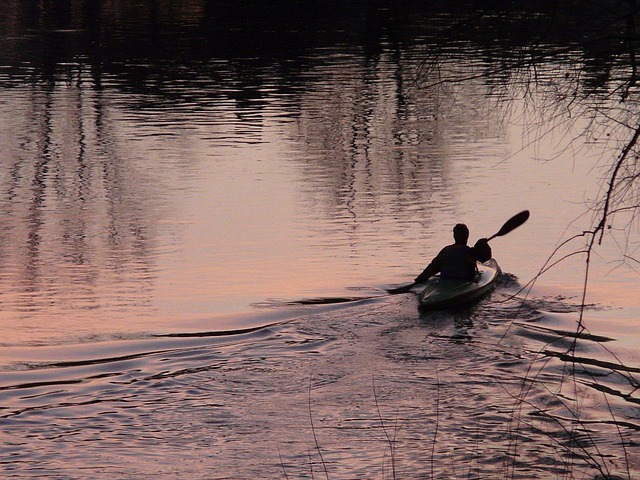
When it comes to comfort and ergonomics in kayaks, especially for those who enjoy fishing from their watercraft, the right seating arrangement is key. Whether you opt for single or tandem seating depends on your personal preference, but both options should prioritize a secure, cushioned seat with adjustable back support. In a fishing kayak, this means finding a chair that allows you to easily access all control points while maintaining balance and stability. Look for features like ergonomic designs, padded armrests, and 360-degree rotation to enhance maneuverability.
For tandem kayaks, ensuring both seats offer the same level of comfort and adjustability is crucial, especially if you plan on sharing your craft with a partner or friends. In contrast, single-seat fishing kayaks should still provide ample space for legroom and a comfortable position for extended periods of paddling and casting. Proper seating not only improves comfort but also boosts performance by enabling better control and stability, making your kayak fishing experience more enjoyable and productive.
Popular Kayak Designs and Their Seating Arrangements
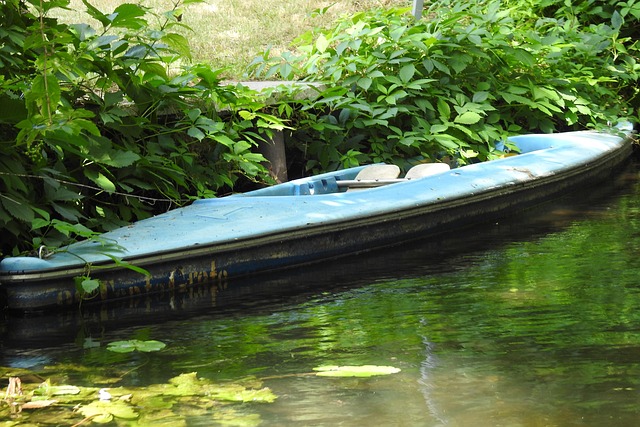
In the world of kayaking, seating arrangements play a significant role in the overall experience, especially for those who enjoy fishing from their kayaks. One popular design is the single seating arrangement, offering a straightforward and comfortable position for the paddler. This setup is ideal for casual paddling and exploring serene waters, providing ease of access to all controls and allowing for a more relaxed posture.
Alternatively, tandem seating arrangements are designed with two seats side by side, making it a game-changer for fishing kayaks. This design caters to those who want to share the experience or increase stability in rough waters. The tandem setup often includes features like a shared storage space between the seats, accommodating gear and bait for an efficient fishing trip. Whether single or tandem, these seating arrangements contribute to the overall comfort, functionality, and enjoyment of kayaking, especially for anglers seeking the perfect aquatic adventure.
Tips for Transitioning Between Single and Tandem Seating
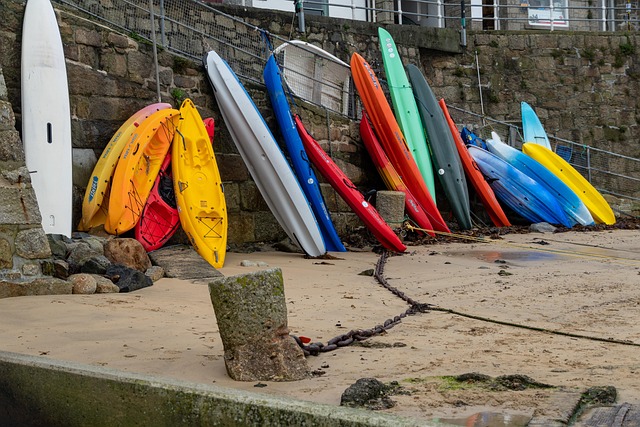
Switching between single and tandem seating in a fishing kayak requires some adjustments, but with the right preparation, it can be a seamless experience. When transitioning from a single kayak to a tandem, make sure both passengers are aware of their roles and responsibilities. Communicate who will paddle, steer, and manage the catch to avoid confusion on the water. It’s also crucial to check that everyone is comfortable with the new seating arrangement. Adjusting your paddling technique might be necessary; practice in calm waters can help you get a feel for coordinating with your partner.
For the reverse transition, from tandem to single, review the storage of gear and fish. Ensure all items are securely stowed so they don’t shift during paddling. One person may need to stay back while the other paddles to maintain stability and control. This process demands patience and communication, but with practice, transitioning between seating configurations in a fishing kayak can become second nature, enhancing your overall enjoyment of the sport.
